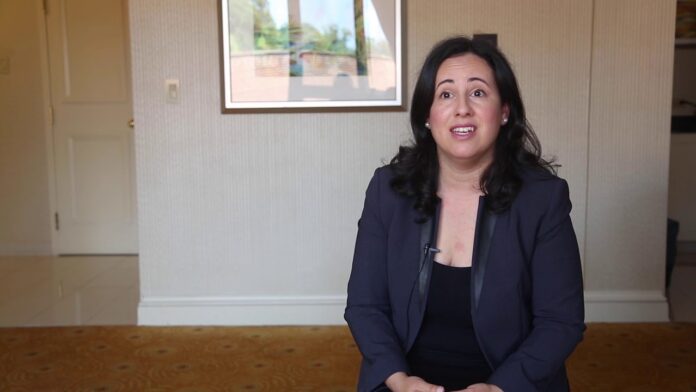Identifying hoarding behaviors and practical steps to manage and overcome them, with expert insights
Hoarding affects approximately 2-5% of the population, impacting between 1.3 and 3.3 million people in the UK. Unlike simply collecting items, hoarding can interfere with daily tasks and significantly impact mental health and living conditions. Hoarding was officially classified as a medical disorder by the World Health Organization (WHO) in 2018, helping to better identify and support those struggling with it.
Hoarding disorder is defined by the WHO as the accumulation of possessions due to excessive acquisition or difficulty discarding items, regardless of their actual value. This behaviour leads to living spaces becoming cluttered to the point that their use or safety is compromised. The symptoms can cause significant distress or impairment in personal, family, social, educational, occupational, or other important areas of functioning.
Signs of hoarding disorder include difficulty organizing items, struggling to make decisions, and finding it hard to manage everyday tasks such as cooking, cleaning, and paying bills. Hoarders may become extremely attached to their possessions, leading to poor relationships with family or friends. In severe cases, homes can become unsanitary and pose health and safety risks. For instance, in 2022, the London Fire Brigade attended over 1,000 hoarding-related fires, resulting in more than 180 injuries and 10 deaths.
Hoarding behaviour can stem from various psychological, behavioural, and practical issues. Megan Karnes, founder of HoardingUK, explains that hoarding is a complex mental health issue often triggered by subjective trauma and classified as an Obsessive-Compulsive Spectrum Disorder. Sarah Miles from Mind, a mental health charity adds that hoarding can serve as a coping mechanism for managing difficult emotions, anxiety, or trauma. It can also be linked to physical health problems like dementia or other mental health issues.
Recognizing hoarding behaviour can be challenging, as it often starts small and builds over time. Individuals who hoard may not realize the impact of their actions on their lives. Common signs include collecting items with little or no monetary value, feeling emotional distress at the thought of discarding items and having parts of the home rendered unusable due to clutter.
If hoarding is affecting your life, there are several steps you can take to address it. Speaking to a GP is a crucial first step, as they can discuss available support options. Cognitive Behavioral Therapy (CBT) is the primary treatment for hoarding disorder, helping individuals understand why they struggle to discard items and how to manage clutter.
Self-help strategies can also be effective. Starting small, such as throwing away one item per day, can make the process less overwhelming. Creating a plan, like dedicating an hour per week to decluttering, and setting rules, such as discarding items not used in the past year, can aid decision-making. Mind’s website offers helpful information and suggestions for managing hoarding behaviours and the associated emotional challenges.
Joining support groups and seeking advice from organizations like HoardingUK can provide additional resources and community support. Addressing hoarding behaviour can be life-changing, improving mental health and restoring functionality to living spaces.
Understanding hoarding and recognizing the signs can lead to effective management and support. With the right resources and professional help, individuals can overcome hoarding behaviours and improve their quality of life.
